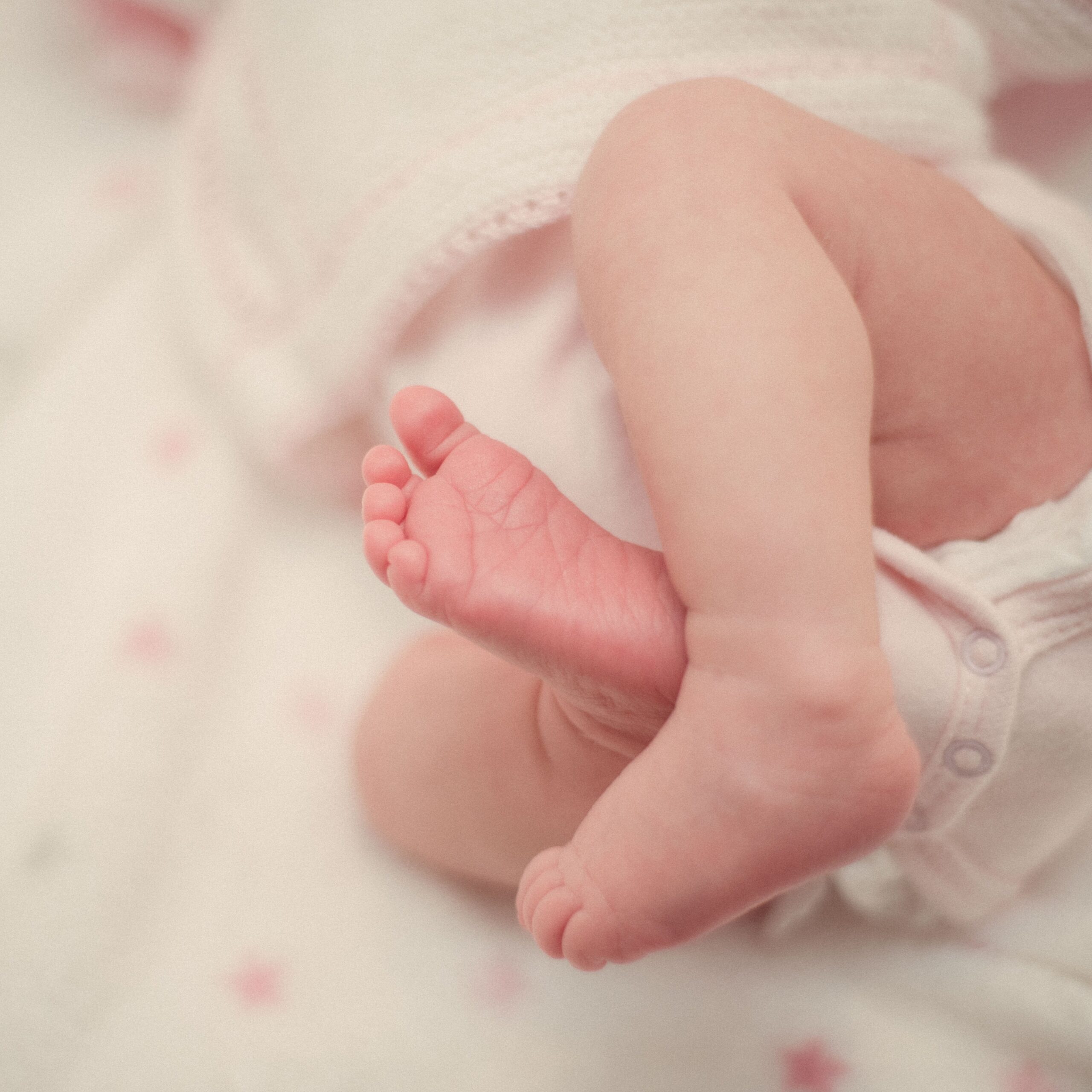Meet Anna Měi-xián 美娴

WALVAX 2
(Anna Měi-xián 美娴)
Developed from the lung tissue of a baby girl in China, 3 months gestation, who was ultimately selected from among 9 aborted babies in 2009. The designation seems to just reference the laboratory where the cells were developed, Walvax Biotech Inc. in Yunnan, China. The company had been known previously as Watson Biotechnological Co., Ltd. (named in honour of Dr James Watson who, with his colleague Francis Crick, first described the double helix structure of DNA in 1953). It is likely that the cell line is named for Watson Laboratory Vaccine, number 2, but this is difficult to confirm.
These cells were sought deliberately to replace depleting stocks of WI-38 and MRC-5.[1]
We obtained 9 fetuses through rigorous screening based on carefully specified inclusion criteria… The Walvax-2 strain of cells met all of these criteria and proved to be the best cell line following careful evaluation. Therefore it was used for establishing a human diploid cell strain. Walvax-2 was derived from a fetal lung tissue, similar to WI-38 and MRC-5, and was obtained from a 3-month old female fetus aborted because of the presence of a uterine scar from a previous caesarean birth by a 27-year old healthy woman.[2]
The harvesters specifically used a method called a “water bag” abortion to shorten the delivery time and to ensure the baby was born alive and in aseptic conditions, so that her organs could be harvested while she was still alive, without any anesthetic, since that would have compromised the tissue samples. The Centre for Bio-Ethical Reform (UK) believes the “water bag” reference indicates delivery of the child within its amniotic sac.
More modern methods, like in the creation of cell line WalVax 2 in 2015 in China, involved inducing a birth and keeping the baby in its own amniotic sac or ‘water bag’ until the moment of dissection.[3]
It seems the amniotic sac is indeed delivered intact, with the baby within, but the reference to “water bag” is actually to a means of inducing abortion. A search on the internet reveals this Chinese-language patent filed in 1991:
Valve-type water-bag apparatus for induced abortion. Abstract. The utility model relates to a valve-type labor-inducing water sac device, which is composed of a liquid-injecting tube and a water sac. Because the liquid-injecting tube in the water sac is provided with a through hole which is provided with a valve, it ensures that the injected liquid enters the water sac, and cannot flow back. The utility model has the advantages of simple structure, convenient manufacture, is highly sterile, with high reliability of performance, etc. The tedious procedures of making the water sac before the operation, of stopping bleeding with a clamp and of stopping bleeding for ligation during the operation are omitted, which shortens operation time, and pains of the patient can be reduced. In clinic, the utility model can be used for hospitals from all levels.[4]
The year of the abortion is often given as 2015 or 2009. The scientific paper concerning this cell line was submitted in 2014. Furthermore, a Chinese-language article mentions Walvax-2 achieving official recognition in China in 2013, as well as mentioning other cell lines created earlier in China.[5] By 2013 the Chinese had already trialed and approved Walvax-2 for widespread use. It is likely that the earlier given date of 2009 for the abortion is actually or is close to the real date.
References
[1] B. Ma et al., “Characteristics and viral propagation properties of a new human diploid cell line, walvax-2,
and its suitability as a candidate cell substrate for vaccine production,” Human Vaccine Immunotherapeutics, Vol 11:4 (2015), pp 998-1009.
< https://cogforlife.org/wp-content/uploads/Characteristics-and-viral-propagation-WALVAX2.pdf>
[2] https://www.tandfonline.com/doi/pdf/10.1080/21645515.2015.1009811
[3] <https://www.cbruk.org/what_the_hek>
[4] A Chinese patent for this method was filed in 1991. < https://patents.google.com/patent/CN2083038U/en>
[5] Review of 70 Years of Vaccine Development in New China (20 November 2019) <https://www.sohu.com/a/354875659_682259>
Diploid cells Human diploid cells refer to cells derived from normal human tissues and capable of limited passage culture in vitro. ① 2BS. In 1973, it was established by the Beijing Institute. The original material of this cell line was derived from the lung tissue of a 4-month-old female fetus. The cells can be passed down for 67 passages, and the 20-40 passages are the vigorous growth stage. The 14th passage cells were cryopreserved in liquid nitrogen as the primary passage cells. The 2BS strain has been used in the preparation of live attenuated rubella vaccine, live attenuated varicella vaccine, attenuated polio vaccine, H2 live attenuated hepatitis A vaccine, and Lv8 inactivated hepatitis A vaccine. ②KMB17. It was established by the Institute of Medical Biology, Chinese Academy of Medical Sciences in 1973. The original material of this cell line was derived from the lung tissue of a 3-month-old female fetus. The 3rd generation cells were stored as the original seed cells, and the 6th generation cells were frozen in liquid nitrogen as the main seed cells. The KMB17 strain was at the vigorous growth stage from 2 to 60 generations. According to WHO regulations, this cell line can be used for vaccine production before 44 passages. KMB17 strain has been used in the preparation of EV71 inactivated vaccine, polio attenuated vaccine, H2 hepatitis A attenuated live vaccine, and Lv8 strain hepatitis A inactivated vaccine. ③Walvax-2. On August 31, 2013, the new human diploid cell line Walvax-2 established by Yunnan Watson Biotechnology Co., Ltd. passed the identification. The relevant requirements of the Chinese Pharmacopoeia regarding the use of cells for vaccine production; the Walvax-2 cell line has obtained the test report of the China National Institute for Food and Drug Control and the China Center for Type Culture Collection. Studies have shown that the cell line has good sensitivity to rabies, hepatitis A and chickenpox virus